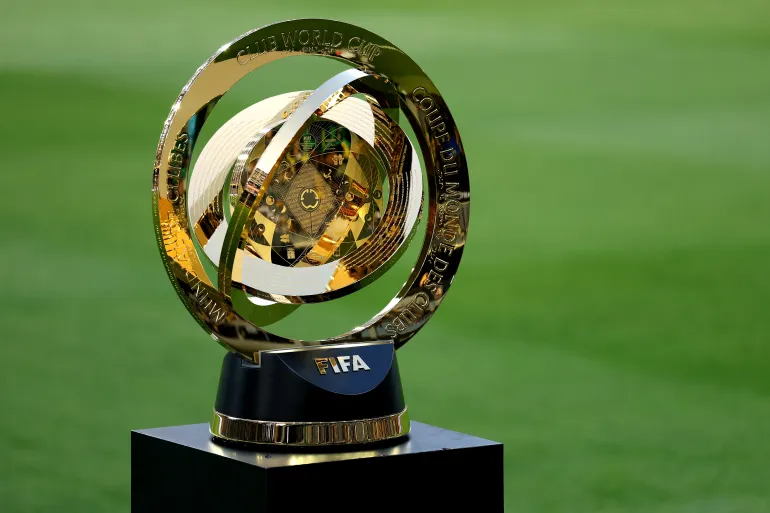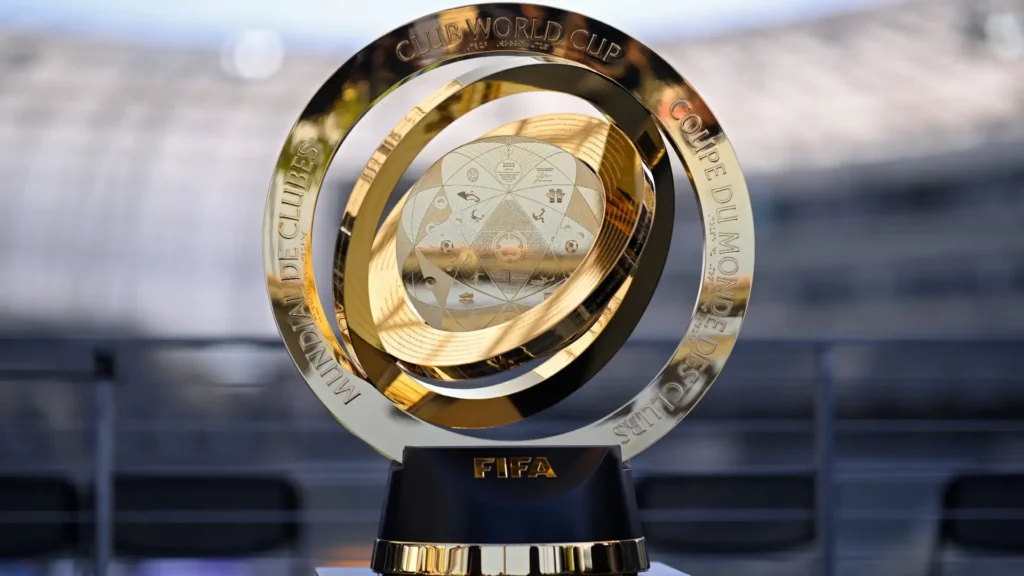The FIFA Club World Cup 2025 isn’t just a tournament—it’s a statement. Held in the United States and expanded to feature 32 teams for the first time, this year’s edition is shaping up to be a watershed moment for Arab football.
No longer considered outsiders or hopefuls, Arab clubs are entering this tournament with purpose, preparation, and pride. What was once seen as a region catching up is now becoming a region that’s setting the pace.
Football in the Middle East and North Africa has never been more exciting—or more ambitious.

From Regional Heroes to Global Contenders
The transformation of Arab clubs didn’t happen overnight. Over the past decade, countries like Saudi Arabia, Egypt, the UAE, Qatar, and Morocco have poured strategic investment into club football. The result? World-class training facilities, thriving domestic leagues, and headline-grabbing transfers that are drawing global attention.
Some of the biggest names in football are now wearing Arab club jerseys. And they’re not here for retirement—they’re here to compete.
These stars bring with them European experience, global fanbases, and a winning mentality that is rubbing off on younger local talents.
At the same time, homegrown players are stepping up. With solid youth development and growing confidence, they’re now matching international teammates stride for stride. The mix of global and local is creating something special: Arab teams that are as talented as they are united.
The Expanded Format: Opportunity Knocks
The expansion of the Club World Cup to 32 teams opens the door for more regions to shine. Previously dominated by European and South American giants, the new structure offers Arab clubs the chance to go deeper into the tournament.
It’s not just about participation anymore. It’s about progression. With more group-stage matches, more exposure, and more meaningful football, Arab clubs can test themselves consistently against top opposition—and prove that they belong.
This tournament could be the launchpad for an era of sustained Arab dominance in global club football.
Arab Clubs to Watch in 2025
Several Arab clubs have qualified for this year’s Club World Cup, and they’re not just making up the numbers.
Al Hilal (Saudi Arabia): Arguably the most high-profile team from the region, Al Hilal have made global headlines with marquee signings and impressive performances in recent years. They’ll enter the tournament as serious contenders.

Al Ahly (Egypt): The pride of African football, Al Ahly bring experience, consistency, and a rich trophy cabinet. Known for their passionate fanbase and disciplined style of play, they’re always a threat.
Wydad AC (Morocco): Representing the new wave of North African dominance, Wydad have the energy and momentum to cause major upsets.
Al Ain (UAE): Recently crowned champions of Asia, they carry the hopes of the Gulf with an exciting, attacking brand of football.
Each of these clubs has the quality to make a deep run—and perhaps even reach the final stages.
Style Meets Strategy
One of the most exciting developments in Arab football is the shift in tactical maturity. Today’s teams are not only technically sound but tactically flexible. High pressing, quick transitions, and smart game management are now the norm, not the exception.
This evolution is due in part to the arrival of world-class coaching talent in the region. Experienced managers from Europe and South America are bringing structure and innovation, while local coaches are being empowered to blend tradition with modern football thinking.
As a result, Arab teams are no longer reactive—they’re proactive. They’re going into matches to win, not just to hold their ground.
A Cultural Movement, Not Just a Game
Football has always been more than a sport in the Arab world—it’s a way of life. But this generation of Arab football is tying that passion to global ambition.
Fans across the region are dreaming bigger than ever. They no longer simply support European teams from afar—they’re rallying behind their local clubs on the international stage. And with the Club World Cup hosted in a diverse country like the USA, Arab supporters in the diaspora will make their presence known.
From New York to Los Angeles, expect waves of flags, chants, and colours from Arab fans turning every match into a celebration of culture and identity.
This visibility matters. It tells young players in Cairo, Jeddah, Casablanca, and Dubai that they don’t need to look overseas for greatness—it’s already here, in their own backyards.
Economic and Social Impact
The rise of Arab clubs on the world stage has effects far beyond the pitch. It’s boosting tourism, broadcasting revenue, and merchandising opportunities. Major global brands are lining up for sponsorship deals with these clubs, drawn by their growing influence and massive regional audiences.
More importantly, football is inspiring social change. It’s encouraging health, education, and unity in countries where football is a universal language. Young people are finding purpose through sport, and local communities are rallying behind their teams with pride.
As these clubs grow in stature, they’re not just building football legacies—they’re uplifting entire societies.
What Would Success Mean?
If an Arab club were to make it to the final—or win the tournament—it would be a historic moment. It would be a seismic shift in global football hierarchy.

That kind of success would validate years of planning, investment, and belief. It would change the perception of Arab football from potential to powerhouse.
More than that, it would pave the way for greater inclusion in global tournaments, more respect from international media, and stronger scouting pipelines from Arab academies to the top leagues of Europe.
This year’s tournament is not just an opportunity to compete—it’s an opportunity to change the game forever.
The Future Is Bright
With the 2034 FIFA World Cup set to be hosted in Saudi Arabia, the region’s long-term football vision is becoming crystal clear. Infrastructure is booming. Stadiums are world-class. Youth academies are thriving. And fans are more passionate than ever.
What we’re seeing in 2025 is just the beginning. Arab football isn’t having a moment—it’s entering a movement.
One that will echo for generations.
Final Thoughts: The Rise Is Real
The FIFA Club World Cup 2025 will be remembered not just for its expansion, but for the rise of Arab football. A rise built on ambition, resilience, and a dream that refuses to be ignored.
These clubs are ready. Their fans are ready. And the world is watching.
As the tournament unfolds, one thing is certain: Arab football is no longer on the rise—it has arrived.
Do follow UAE Stories on Instagram
Read More: UAE’s FutureSec Summit 2025: A Cybersecurity Turning Point













